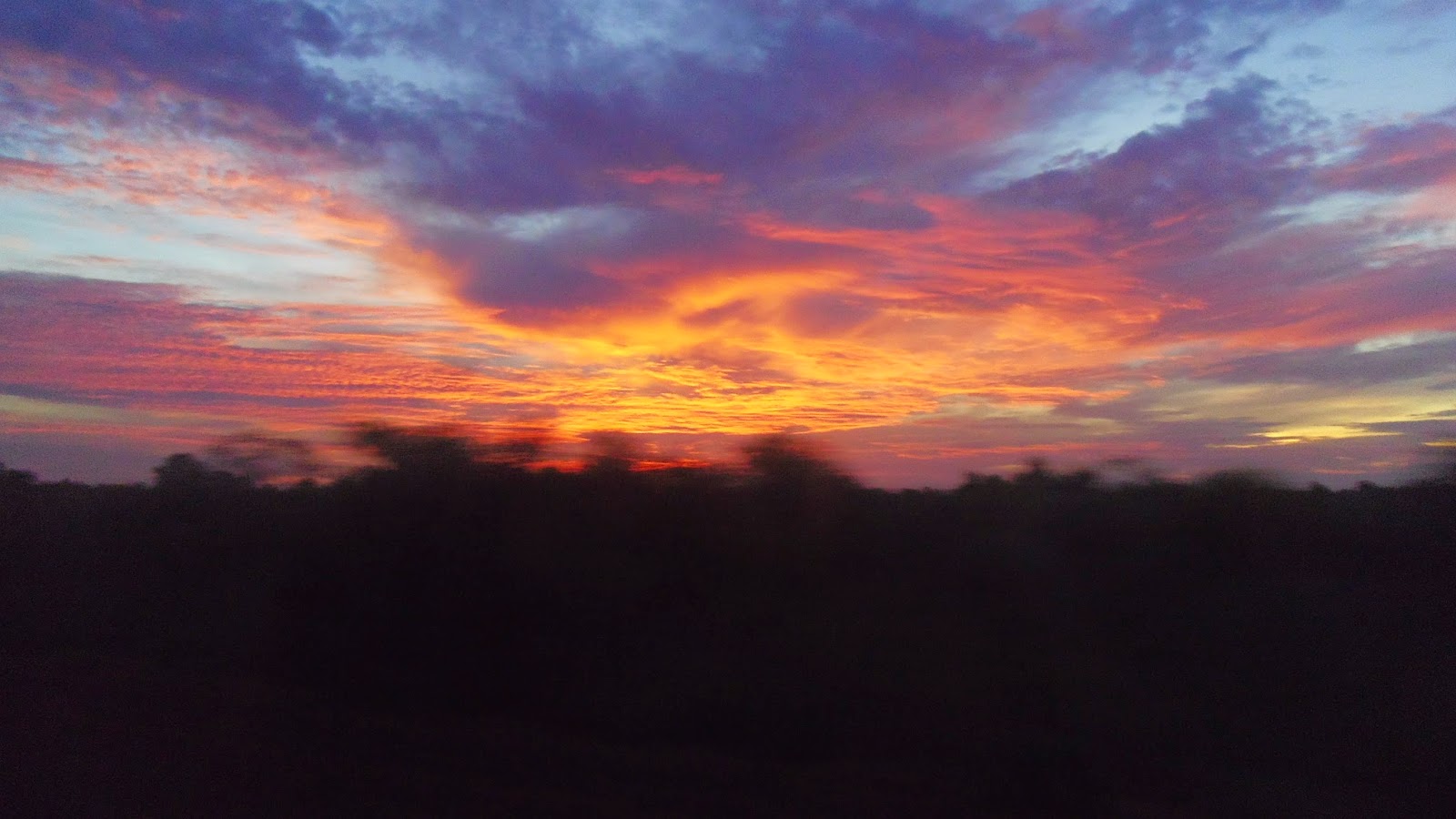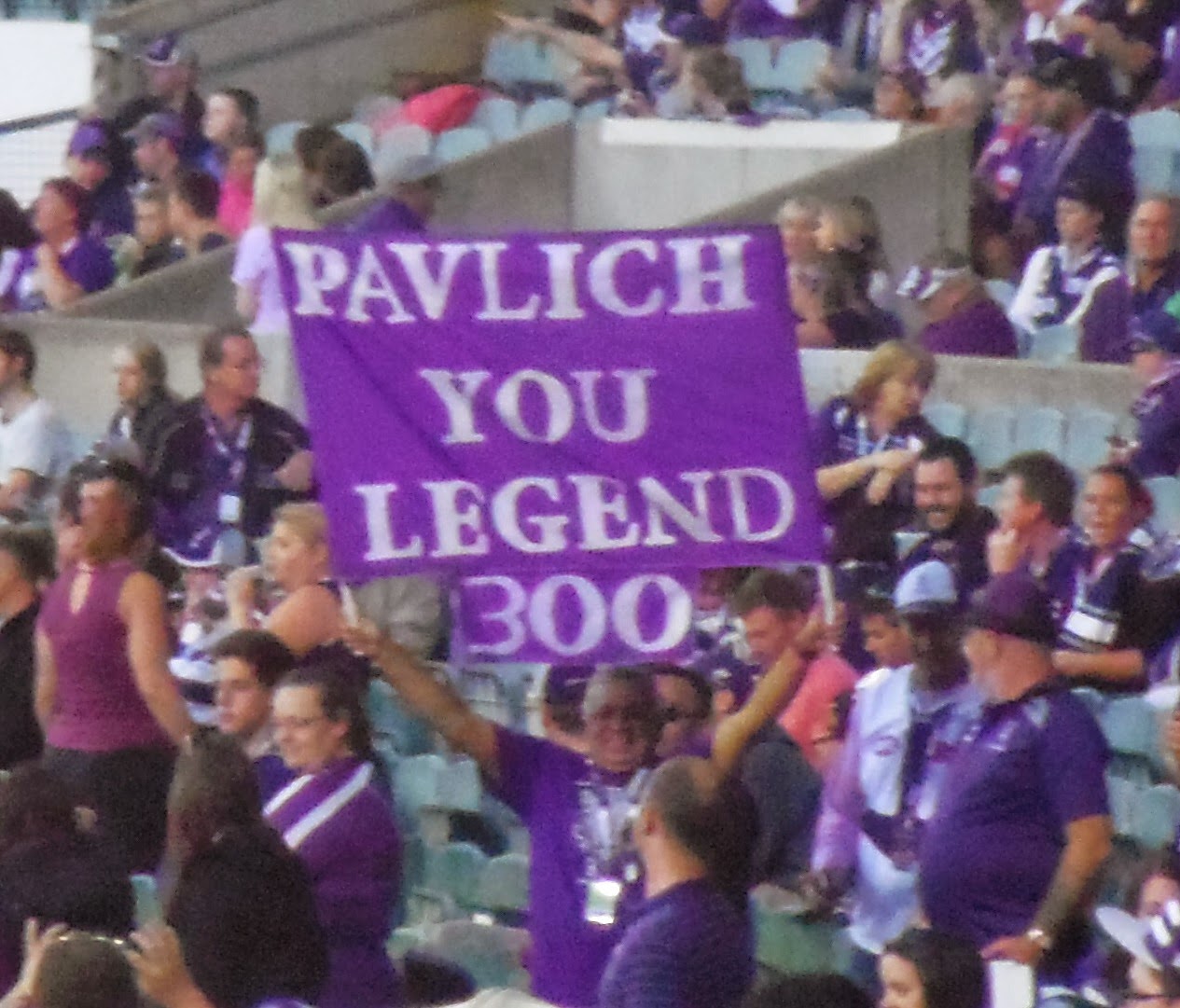The trip north wasn't all sand and dirt. Or at least dry sand and dirt. We detoured off the coastal highway and connected the dots between Western Australia's northern beaches.
Shark Bay
Shark Bay is a World Heritage Site satisfying all four criteria: Natural beauty, biological diversity, earth history, evolutionary processes.
There's no doubt the area is beautiful. Especially when you arrive at Shell Beach at sunset. Australians are really good at naming things. My favorite road name of all time, "Useless Loop Road" was out near Shark Bay as well.
Shark Bay is one of the few places you can see the world's oldest living thing, stromatolites. These are cyanobacteria that were the first living things on earth, and created the oxygen needed to sustain life. Sure, they just look like rocks, but we owe those rocks a lot.
The extremely salty waters of Shark Bay create a unique ecosystem (hello stromatolites), which happens to have a lot of sharks (don't worry mom, we didn't see any mean ones). However, there is also a family of dolphins at Monkey Mia that have become a tourist attraction. While you can no longer swim with them and there are strict regulations on feeding them (as there should be), it's still pretty neat to see them come in each morning.
Coral Bay
Coral Bay also has yet another remarkably lovely beach, where low tide met the sunrise to create the backdrop for a tranquil morning jog. But we weren't there for the beach. We were there to snorkel.
We took a high speed boat just off the coast to the Ningaloo
Reef. It's about 260 kilometers long, making it Australia's largest
reef. I've heard some say it's better than the Great Barrier Reef, for
it's preserved, untouched status (Perth is isolated enough, and it's
still over 1000 kilometers form Perth), but I've also heard the Great
Barrier is still better. Maybe some day I'll be able to settle the
argument for myself. All I know is that the turtles, reef sharks, coral
fish, rays, and rainbow wrasse were spectacular. Though my favorites were probably the octopus I saw crawling along the bottom and a humongous blue starfish.
I stole these pictures too :)
Exmouth
Exmouth is on a pennisula that was a communication station in World War II (and was attacked). On the north eastern side is the "town", while the entire western coast is a national park. Exmouth is known for whale sharks, but unfortunately (for some, as you may know I'm not the biggest animal person) the whale shark tours had been booked for months. So instead, we had to spend the whole day in Turquoise Bay, where you can swim right out to the Ningaloo Reef and be back with the sharks, coral, and Nemos. What a bummer.
We had two nights in Exmouth, and Damo, our very romantic tour guide took us all up to the lighthouse for a surprise sunset champagne toast.
Eighty Mile Beach
The miles to Broome were getting fewer and fewer, we made a stop at Eighty Mile Beach to look at some shells and see the expanse of white sand for the four wheel drives and fishermen. Now here's a question. Everyone here mocks me when I refer to distances in miles as opposed to metric kilometers. But I say, how come it's not named 128.7 Kilometer Beach?
The miles to Broome were getting fewer and fewer, we made a stop at Eighty Mile Beach to look at some shells and see the expanse of white sand for the four wheel drives and fishermen. Now here's a question. Everyone here mocks me when I refer to distances in miles as opposed to metric kilometers. But I say, how come it's not named 128.7 Kilometer Beach?
Broome
We finally made it to Broome, where it was no longer the cool autumn of Perth but the humid tropics of northern Australia. Broome is known as a tourist destination, but it wasn't what I had expected. There was a tiny town where you could buy world famous Broome (and not from Broome) pearls, and then 6k away was the world famous camel rides on Cable Beach.
Cable Beach
I couldn't leave Broome without paying a visit to Matso's Brewery, home of WA's famous ginger, mango, and chili beers. The ginger beer was very gingery, the lychee beer was just a little sweet, the chili beer was HOT, and the mango cider was cool and refreshing. Sipping beer at 10 am by the beach is acceptable when you're on vacation, right?
I was only in Broome for 24 hours before I had to head to the airport. But the airport was an experience in itself. It's in the middle of town, and a 5 minute walk from our hostel. I have never been able to walk to an airport, let alone in only 5 minutes. As I saw families saying goodbye to their college students headed back after Easter break, I realized you didn't need a boarding pass to get through "Security", remembering that no one had checked mine.
As it seems to be everywhere in WA, everything is a little smaller, a little quainter, a little clearer, and a little more beautiful. And even with just a short stop in Broome, I was still able to leave my tracks into the sunset over Cable Beach.

















.jpg)











































